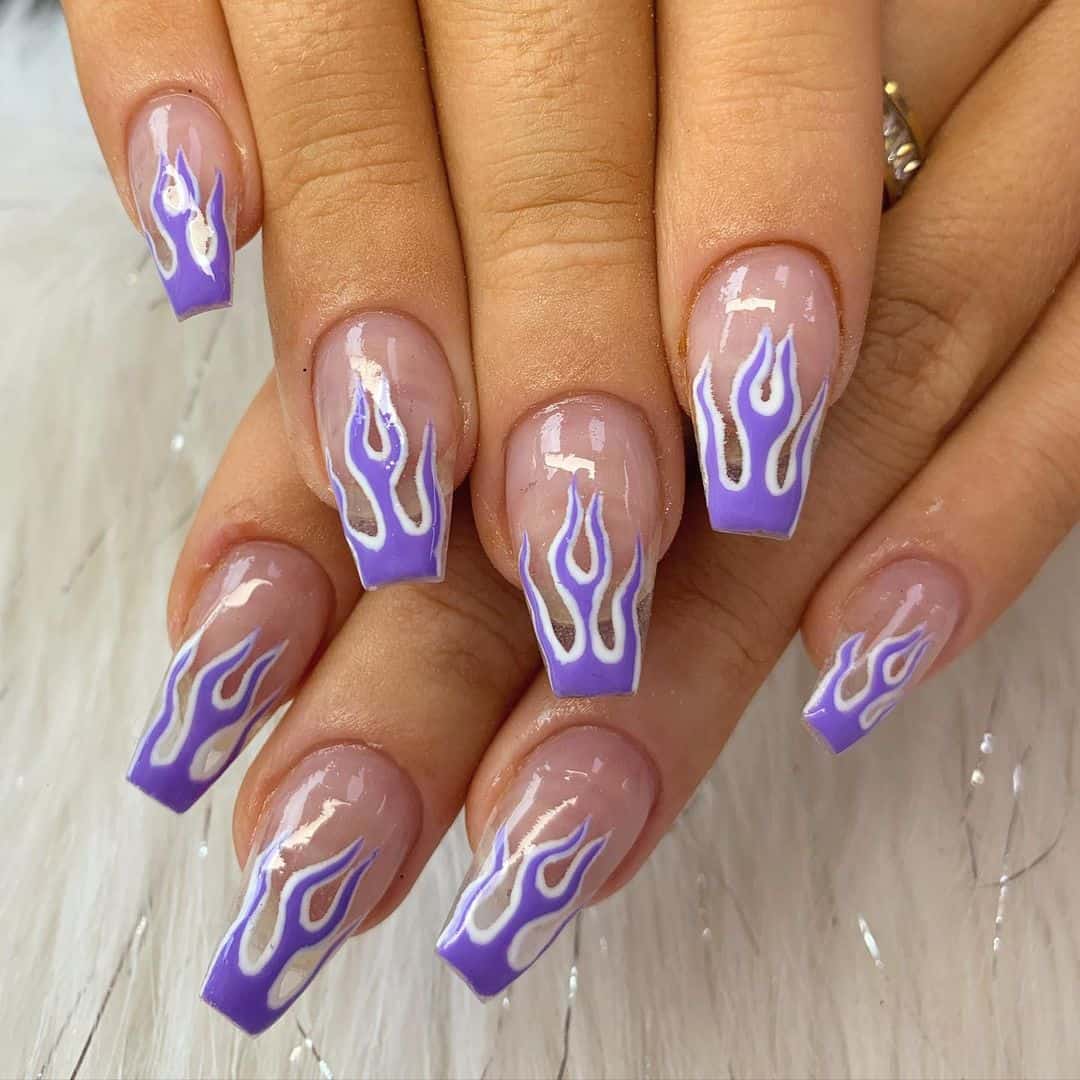Table Of Content

When we’re designing websites, we can make use of a grid for achieving a sense of unity, since elements organised in a grid will follow an orderly arrangement. We do need, however, to introduce some variety in our work in order to strike a balance between a boring and a chaotic design. Colour theory is a branch of design focused on the mixing and usage of different colours in design and art.
References & Where to Learn More
An additive mix of colours on digital screens produces the RGB (i.e., Red, Green, Blue) colour system. For example, the famous World Wide Fund for Nature (WWF) logo makes use of the confusion between positive shape and negative space to create the image of a panda. Franks Spillers’ design checklist is an example of customized design principles for mobile user experience (UX) design.
An Introduction to Usability
A tendency for unskilled people to overestimate their competence and performance. Tracks ad performance and user engagement, helping deliver ads that are most useful to you. Allows for improved ad effectiveness and measurement through Meta’s Conversions API, ensuring privacy-compliant data sharing. Differentiates real visitors from automated bots, ensuring accurate usage data and improving your website experience. Collects anonymous data on how you navigate and interact, helping us make informed improvements.

Gestalt Psychology and Web Design: The Ultimate Guide
Instructors can proactively address diverse learning needs and foster an environment where every student can thrive by incorporating flexibility, simplicity, and multiple means of representation, expression, and engagement. Moreover, universal design not only benefits students with disabilities but also enhances the overall learning experience for all learners, promoting engagement, participation, and academic success. Embracing universal design principles in course development and instruction is not just a matter of compliance but a commitment to equity, diversity, and excellence in education.
UI Designer Portfolio Examples
Also, colors can appear different depending on their background, a phenomenon known as simultaneous contrast. For an in-depth exploration of color's impact on design, watch the insightful video by Joann Eckstut on the topic. However, color is essential in creating visual interest and evoking emotions in design. 50 Questions and Answers on the Science of Color and an interior designer, points out, the perception of color can change based on various factors like the light source and surrounding colors. Have an easy-to-scan visual hierarchy that reflects users’ needs, with commonly used items handily available.
Hierarchy

Negative space is just as important as the positive shape itself — because it helps to define the boundaries of the positive space and brings balance to a composition. Please note that the Principles of Universal Design address only universally usable design, while the practice of design involves more than consideration for usability. Designers must also incorporate other considerations such as economic, engineering, cultural, gender, and environmental concerns in their design processes.
Universal Design for Learning: Practical Suggestions - Carleton College
Universal Design for Learning: Practical Suggestions.
Posted: Thu, 11 Mar 2021 08:00:00 GMT [source]
Examples
Universal Principles of Design, is a comprehensive, cross-disciplinary encyclopedia covering laws, guidelines, human biases, and general considerations important to successful design. Richly illustrated and easy to navigate, it pairs clear explanations of every design concept with visual examples of the ideas applied in practice. From the 80/20 Rule to the Weakest Link, every major design concept is defined and illustrated. Universal Principles of Design is the first cross-disciplinary reference of design.
The UDL Guidelines
The app icon designs in iOS 6 and earlier mimic the glossy texture of glass to incite users to tap them. Later, Apple (in)famously introduced a linen fabric texture to much of its user interface. Lines are strokes connecting two points, and the most basic element of visual design. We can use them to create shapes, and when we repeat them, we can form patterns that create textures. Balance can be achieved symmetrically, where elements mirror each other on either side of a central axis, or asymmetrically, where elements provide equilibrium without mirroring. It ensures that viewers can engage with the content without feeling overwhelmed or distracted.
A design with a high contrast of values (i.e., one which makes use of light and dark values) creates a sense of clarity, while a design with similar values creates a sense of subtlety. We can also use value to simulate volume in 2D, for instance, by using lighter values where the light hits the object and darker values for shadows. Although simple, lines can possess a large variety of properties that allow us to convey a range of expressions. For example, lines can be thick or thin, straight or curved, have uniform width or taper off, be geometric (i.e., look like they are drawn by a ruler or compass) or organic (i.e., look like they are drawn by hand). The time required to touch a target is a function of the target size and the distance to the target.
“Accidentally” grouping elements which are not conceptually similar will result in confused users. We tend to identify objects by their basic shapes, and only focus on the details (such as lines, values, colours and textures) on closer inspection. For this reason, shapes are crucial elements that we designers use for quick and effective communication. For instance, consistency ensures that controls remain uniform throughout a design, while proximity suggests related items be grouped. Visual hierarchy places importance on presenting the most vital information at the top.
By using scale to make an element larger than others appearing with it, you can emphasise that element. Not only can you make an element stand out this way—you can also use scale to create a sense of depth (since nearer objects appear larger to the human eye). Exaggerated scales of images also add a certain level of interest and drama to them.
Use of the design is easy to understand, regardless of the user's experience, knowledge, language skills, or current concentration level. Because the UDL Guidelines are meant to be informed by feedback from the field as well as new research, they have been updated several times in the past. Red, a colour with high contrast, is used widely in iOS for the “Delete” function. The WWF logo, shown earlier, is an example of making use of the principle of gestalt to create interesting designs.























